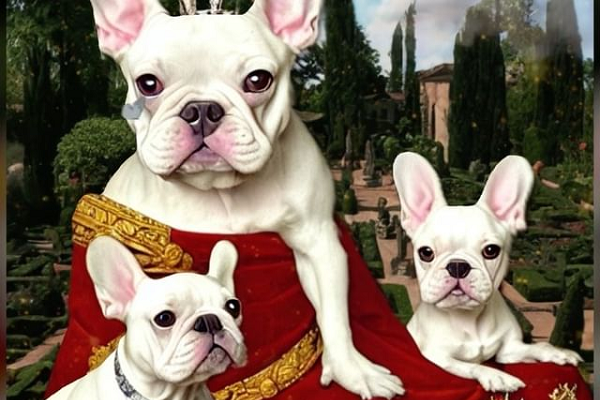Lightricks Adds AI Text-to-Image Generator to Photo Editing Mobile Apps
View this post on Instagram
Photo editing app developer Lightricks has introduced a new tool for creating images from text suggestions to its Photoleap and Motionleap apps. The text-to-image generator AI processes words and phrases to produce the art, which users can then edit and share, as seen in the video above.
Photo Imagination
Lightricks is best-known for the Facetune image touchup app but has a handful of other mobile apps. The text-to-image tool is available on its photo editing app Photoleap and its still image animator app Motionleap, which Lightricks claims have been downloaded more than 170 million times combined. Users of either app can enter text into the “Generate AI Image” box or use a suggested prompt. Anything can be typed in, though there are filters to limit it to an approximately PG rating. The app generates the image in under a minute based on a few tests, and it can then be edited and animated with the relevant app’s usual toolset. Unlike the GPT-3 behind OpenAI’s DALL-E 2 system, Lightricks is using an open-source model recently shared by Stable Diffusion, which conjures the image based on what it’s learned from millions of publicly available pictures online. Once generated, the user owns the image, and they can create as many as they want for free, although signing up for Pro membership earns more high-res downloadable files.
“AI technology has proven its powerful capabilities when it comes to content creation. The implementation of the Text to Image feature directly within our apps, opens an entire realm of possibilities for our users, giving them limitless opportunities for incredible content creation,” Lightricks CEO Zeev Farbman said. “This new tool supports our mission to help users enjoy the magic of creating, and inspire a new generation of content creators.”
Text-to-image generation adoption has begun accelerating after DALL-E 2 appeared, with similar tools from tech giants like Nvidia rapidly following. For instance, the synthetically generated video game AI Dungeon uses language models to produce both text and images for its game in the style of 1980s classic text games. Social media may become a major outlet for the technology, too, as TikTok recently added a text-to-image generator to make video backgrounds.
Follow @voicebotai Follow @erichschwartz
AI Dungeon’s Synthetic Story and Pictures Released on Steam Gaming Platform









